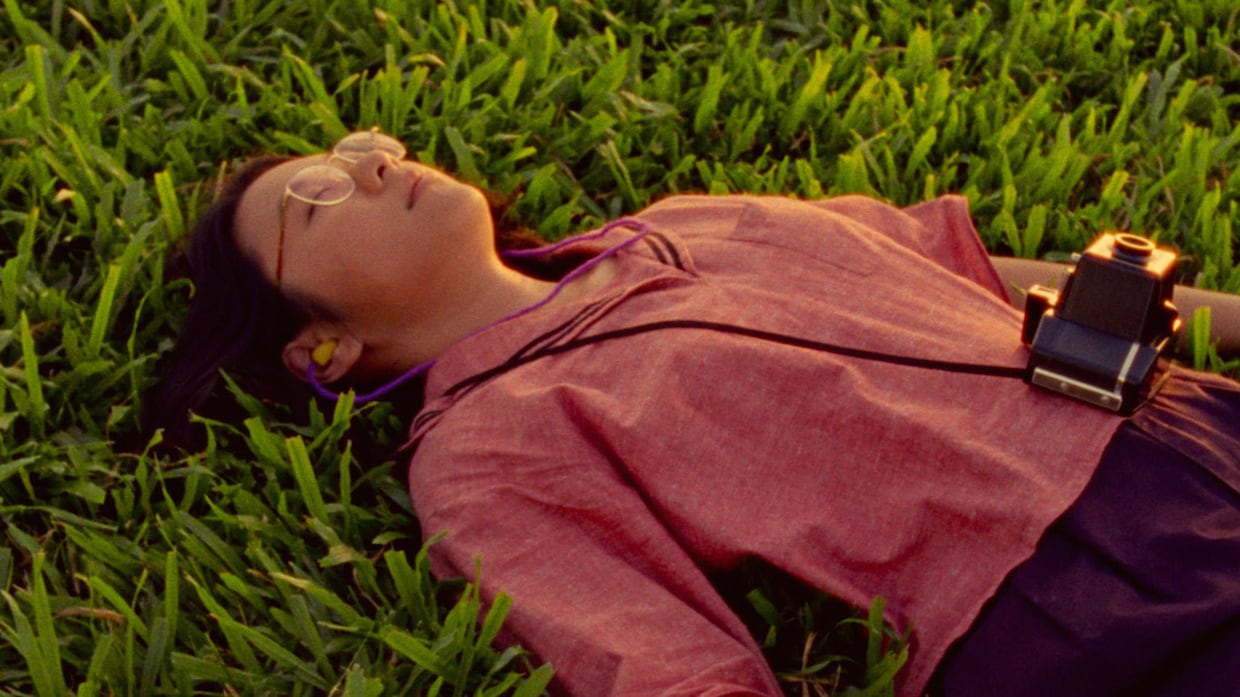Coming-of-age is a genre that rarely loses its relevance. As generations of teenagers grow up, their fundamental struggles of adolescence stay universal despite changes in their environments.
Recently screened at the USC Luna Lens Film Festival, the 2018 documentary “Shirkers” does the genre exceptionally well while still maintaining the personal story of its creator, writer and director — Sandi Tan. Seven years after its release, students reflect on its narrative.
“There are very unique perspectives that we’re showcasing in the festival … that touch on really intricate themes,” said Avana Wang, a senior majoring in Cinema and Media Studies and one of the creators of the Luna Lens Film Festival. The curators of Luna Lens included “Shirkers” in the festival’s lineup in alignment with its mission of showcasing independent and experimental films from Asian female and nonbinary creators.
The documentary recounts Tan’s journey as an 18-year-old making her first movie, “Shirkers,” with close friends Jasmine Ng and Sophie Siddique. Their ambitious road film followed a teenage serial killer, S, traveling across Singapore. With the help of their enigmatic film teacher, Georges Cardona, they pulled together all their resources to bring it to life.
After months of hard work and incredibly resourceful filmmaking, the three entrusted 70 cans of 16mm film footage of “Shirkers” with Cardona to process and leave for their prospective colleges abroad. Tan remembers waiting around for any news of developing her cherished project from Cardona, but never hearing back from her mentor.
“Shirkers” is a fascinating narrative that emphasizes the love of film at an adolescent age. Tan’s personal experiences translate well, even for audiences with different interests. Although her interest is niche, Tan’s passion is infectious. Her eagerness to pull together the film, as scrappy as they had to be, shows a vigor that only teenagers would have.
As Tan and her friends realize that they are unlikely ever to see their work again, a gradual transformation occurs, and the friends grow out of their adolescence. Although they all remain connected to their passions and pursue different careers within the film industry, Tan ultimately does not make another film until her documentary, “Shirkers.”
The theme of coming-of-age peeks through in this documentary instead of utilizing the typical language and plot points found in young adult films. This technique is especially effective for Tan because the authenticity of her storytelling is amplified by her choice to use a documentary, a medium that naturally lends itself to raw and genuine expression in a way other film forms might not.
Although the documentary recounts the true events that happened in Tan’s young adult life, the film draws us in through its dramatic storytelling techniques of a fictional narrative. With its off-beat humor and engaging plot, Tan manages to prove her directorial talents and give the original “Shirkers” a bit of justice despite its tragic fate.
“Shirkers” also has a unique color palette that is a rare sight to see in the documentary sphere. Intertwined with clips from the original “Shirkers” film, the documentary wields a warm and washed-out yellow tone with visually appealing pops of bold colors. Even without the original audio for their film, we can still imagine how innovative the film could have been if it had come into fruition like it had originally been planned, if not for the intervention of Cardona.
The mysteries of Cardona are revealed throughout the film, and Tan gives us the story in a rather matter-of-fact way. By exposing him as flawed, contradictory and ultimately ordinary, Tan takes back ownership of her story. As she becomes an adult, she learns how to take control of her own life instead of letting someone else dictate her artistic direction. Although she mourns the loss of one of the greatest projects of her life, Tan accepts it as a part of her transition into adulthood and sees the film as something that will always be a part of her.
“Shirkers” (from the clips that were recovered at least) is a pioneering indie film from Singapore that could have become a cult classic in cinema. It is truly a great disservice to cinephiles everywhere that we will never get to see the full “Shirkers” movie in its entirety, simply because of a psychotic man who likes to manipulate young women.
“Shirkers,” the documentary, is absolutely worthwhile for aspiring filmmakers and USC students who are passionate about any artistic craft, as Tan’s story shows how much can be created with passion and creativity.
Luna Lens Film Festival is a student-led showcase that features films made by Asian female and nonbinary filmmakers. The event focuses on encouraging creativity and fostering a community for experimental filmmakers and underrepresented voices to come together. Created by Avana Wang, Yuli Li and Marissa Ding, Luna Lens Film Festival was hosted at USC this past month in association with the School of Cinematic Arts. The festival also included Q&A sessions with some of the featured directors, a movement workshop and photography panel, as well as a section of student short-film submissions. Luna Lens also screened several other films such as “The Cloud In Her Room” (2020), “Lemon Grass Girl” (2021) and “Full Month” (2025).
“The intention [behind Luna Lens] is to have a space for people to not only view and screen their films, but to feel the sense of connection and community,” Wang said.“I wanted to provide a platform for more of these voices and stories to be seen within a theatrical space.”
